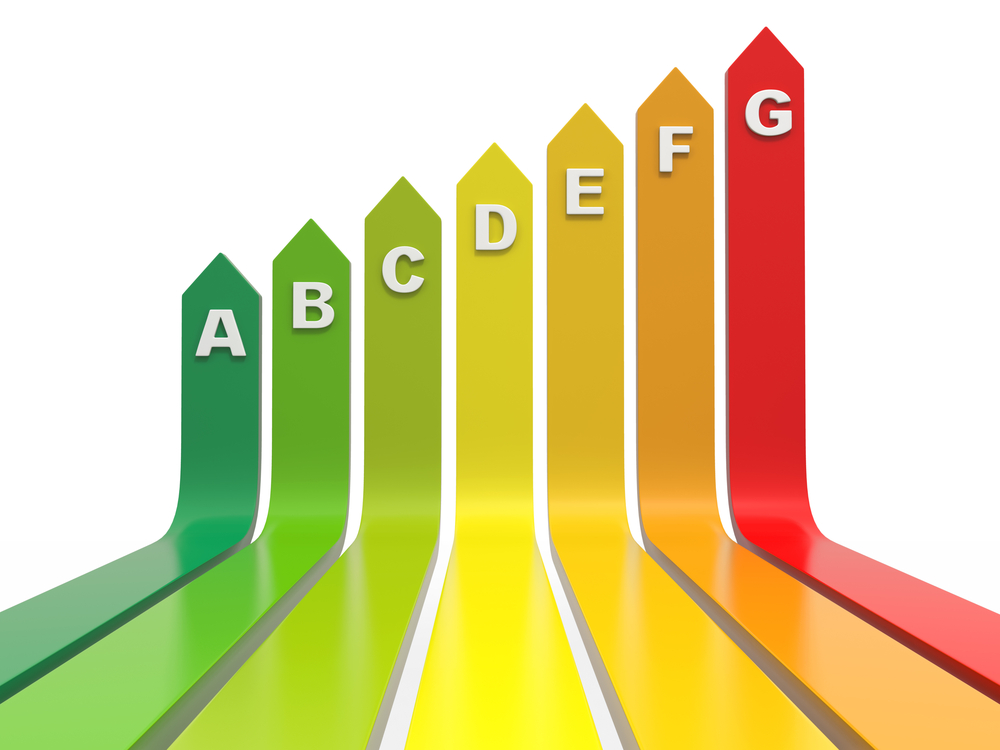The successful collaboration between ZTE and Tencent has delivered a data center that features multiple technological breakthroughs, most notably an overall power usage effectiveness (PUE) level of 1.0665 (including photovoltaic gains). The figure is based on uninterrupted 24-hour load tests made by the China Academy of Telecommunication Research (CATR), and puts ZTE and Tencent in the position of leading international standards for construction of a green data center.
Data center development in China has accelerated in recent times with over 400,000 data centers operating in China today. According to China’s Ministry of Industry and Information Technology (MIIT), the annual power consumption of China’s data center industry exceeds 1.5 percent of the total power consumption of the whole of China. This is creating an urgency to initiate further industry-leading green and energy-saving data center projects as the PUE of the majority of China’s data centers is higher than 2.2 – while global average for data centers is around 1.7 according to the 2014 data from the Uptime Institute.
Given this challenge, ZTE has implemented a number of innovations while working with Tencent to jointly construct the West Lab data center which is fully mobile and modular in design. The new facility features technological breakthroughs in cooling, power consumption, design structure, management and control.
The key elements that have realised significant energy savings lie in two major areas – the cooling system and the power distribution system. The West Lab data center uses a unique power supply combination of solar photovoltaic & high-voltage, direct current (HVDC) & mains power. With respect to cooling, the project is the first in China to put indirect evaporative free cooling technology into business application. The energy efficiency ratio (EER) achieved by this method can reach 16.0, which is five times the efficiency of conventional mechanical compression cooling air-conditioning systems. As a result, the project has realised environmental protection and energy saving goals while also ensuring low operation costs and low carbon emissions.
Another innovation from the project is ZTE’s “T-block” design feature. Using a prefabricated container approach, ZTE is breaking the traditional lengthy civil engineering cycle of constructing a data center so that the data center can be constructed block by block in a modular fashion. The equipment can be installed within two weeks after being shipped to the site. Equipment can be assembled and deployed in “mobile mode” to enable a fully transportable, mobile green and energy-saving data center.
The West Lab facility also uses ZTE’s self-developed iDCIM data center infrastructure smart management system to realise asset unit management, smart linkage operation of sub-systems, radio frequency identification (RFID), wireless management and control to help Tencent realise smart and efficient operations and management (O&M) processes.
ZTE has also collaborated with Tencent and China Unicom in constructing the Shenzhen Pingshan Project, the largest micro module data center in Asia. The implementation of the West Lab data center further highlights the advanced technical standards and rich experience of ZTE in the area of data center development. Currently, the ZTE uSmartDC data center solution has been deployed in over 40 commercial offices. In addition, ZTE has engaged in comprehensive ongoing data center collaboration with China’s advanced Internet enterprises.







